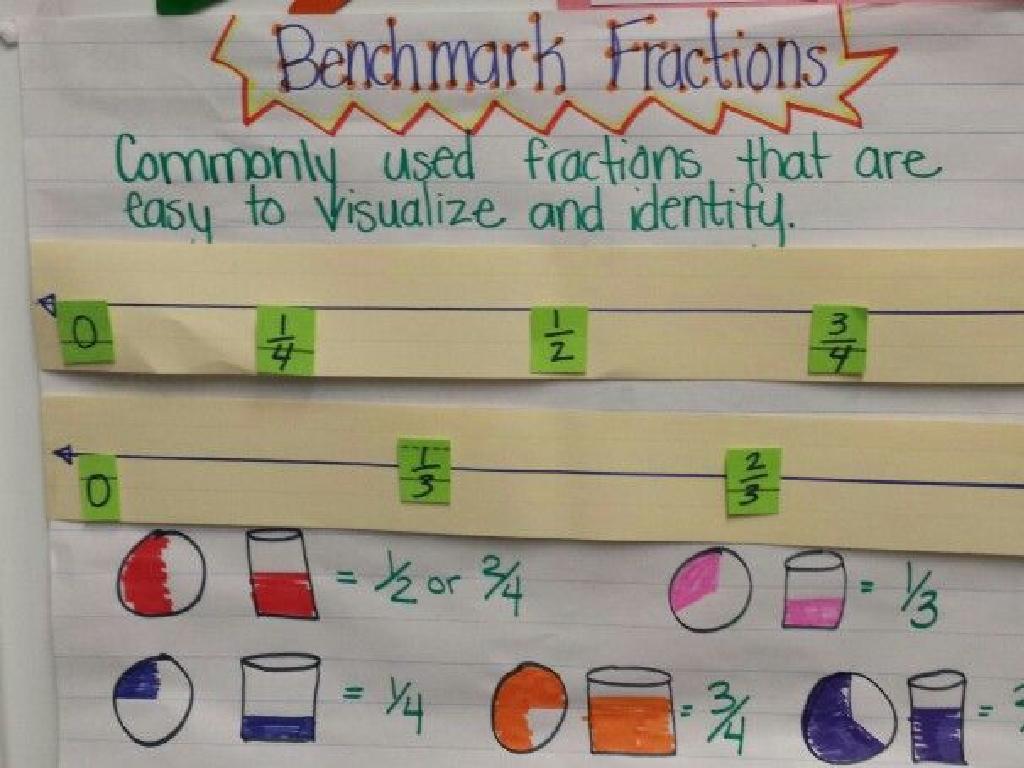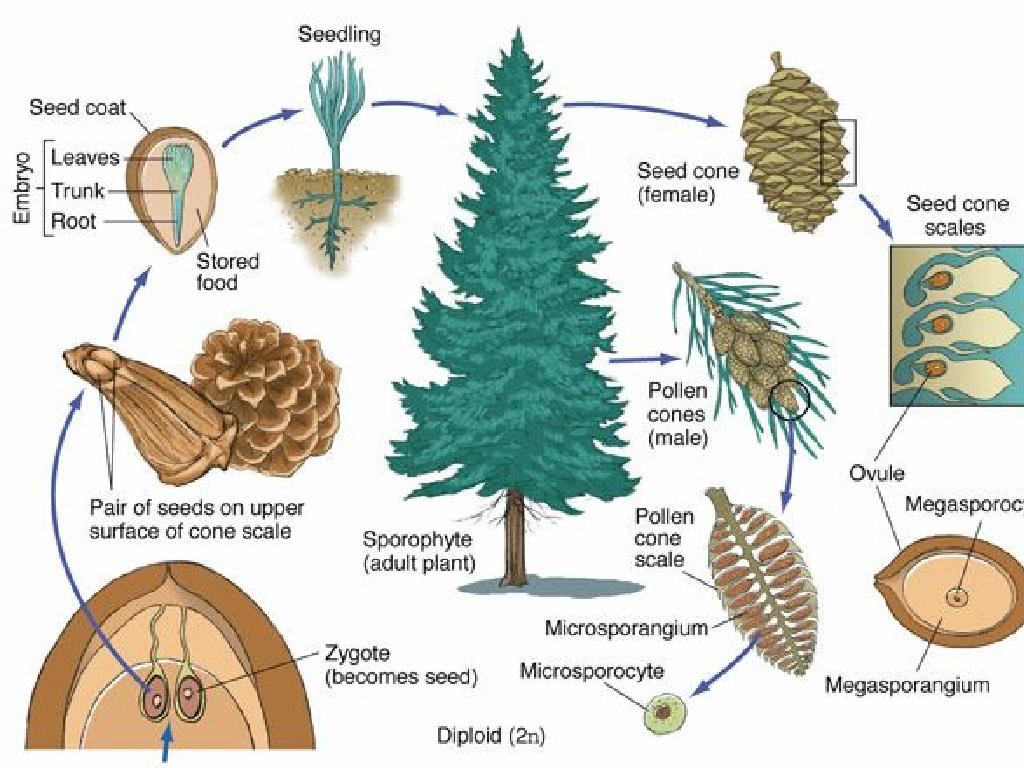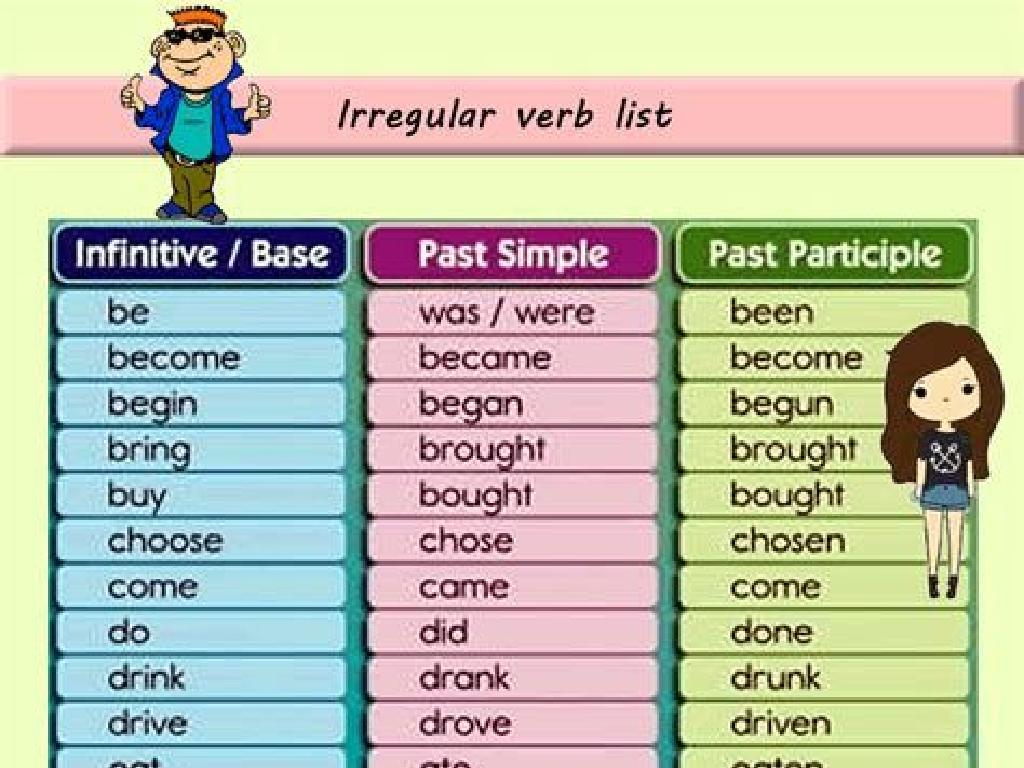Identify Independent And Dependent Variables
Subject: Math
Grade: Eighth grade
Topic: Function Concepts
Please LOG IN to download the presentation. Access is available to registered users only.
View More Content
Understanding Functions: Variables
– Define a mathematical function
A function is a relation where each input has a single output.
– Independent vs. Dependent Variables
Independent variables are chosen values; dependent variables are the result.
– Examples: Functions in real life
Temperature and clothing layers, speed and travel time.
– Analyzing variables in examples
How does changing the independent variable affect the dependent?
|
This slide introduces the concept of functions in mathematics, focusing on the role of independent and dependent variables. Begin by defining a function as a special type of relation where every input is associated with exactly one output. Clarify the difference between independent variables (which we can choose or control) and dependent variables (which depend on the independent variables). Use everyday examples, such as the relationship between temperature and the number of clothing layers a person wears, or the relationship between the speed of a vehicle and the time it takes to travel a certain distance, to illustrate these concepts. Encourage students to think critically about how changing the independent variable in these scenarios affects the dependent variable, reinforcing their understanding of the function concept.
Understanding Functions in Math
– Define a mathematical function
– A function relates inputs to outputs, like a machine with one output for each input.
– Functions: special relationships
– Think of it as a unique pairing where each input value matches with one output value.
– One input yields one output
– For example, in f(x) = x + 2, input 1 gives output 3, input 2 gives output 4, and so on.
– Functions in equations and graphs
– Visualize functions with graphs; each x (input) has only one y (output) point.
|
This slide introduces the concept of functions, a fundamental building block in algebra and higher mathematics. A function is defined as a special type of relation between sets where each input is related to exactly one output. Emphasize that this ‘one-to-one’ relationship is what distinguishes functions from other types of relationships. Use simple equations and their corresponding graphs to illustrate how each input (independent variable) corresponds to one output (dependent variable), reinforcing the concept visually. Encourage students to think of a function as a machine or a black box that consistently gives a single result for each input provided.
Variables in Functions: Independent vs Dependent
– Understanding variables
– Differentiating variables
– Independent variables are chosen, dependent variables respond.
– Variables in functions
– Variables determine the output of functions.
– Practice identifying variables
– Use examples to identify variables in equations.
|
This slide introduces the concept of variables within the context of functions, focusing on the distinction between independent and dependent variables. Begin by explaining that variables are symbols representing numbers that can change. Emphasize that independent variables are the inputs we choose, and dependent variables are the outputs that depend on the independent variables. Illustrate how in functions, the value of the dependent variable is determined by the independent variable. Provide examples of functions and ask students to identify the independent and dependent variables. For instance, in the function y = 2x, x is the independent variable, and y is the dependent variable. Encourage students to come up with their own examples and to practice identifying the variables in various functions.
Identifying Independent Variables in Functions
– Define Independent Variable
– The variable that represents the input or cause, it’s what you change.
– Examples of Independent Variables
– Height of a plant based on water given, time studied affects test scores.
– Determine Independent Variable
– Look for the input value that doesn’t depend on other variables in the function.
– Independent vs. Dependent
– Understand that the independent variable is what you manipulate, and the dependent variable is the result.
|
This slide is aimed at helping students understand the concept of independent variables within the context of mathematical functions. The independent variable is the input or the ’cause’ in an experiment or function, and it’s what we change to observe how it affects the dependent variable. Provide examples that are relatable to the students, such as how the amount of water given to a plant can affect its growth, or how the time spent studying could influence test scores. Teach students to identify the independent variable by looking for the input that is not influenced by other variables in the function. Emphasize the difference between independent and dependent variables to solidify their understanding. In the next class, we can have practice exercises where students identify independent and dependent variables in various scenarios.
Understanding Dependent Variables
– Dependent Variable: The Result
– It’s the outcome in an experiment or function.
– Real-world examples
– E.g., Plant growth (dependent) based on water amount (independent).
– Relationship with Independent Variables
– Independent variables are manipulated to observe the effects on dependent variables.
– Graphing Variables
– On a graph, dependent variables are usually plotted on the y-axis.
|
This slide aims to clarify the concept of dependent variables for eighth-grade students. A dependent variable is what you measure in the experiment and what is affected during the experiment. It’s called ‘dependent’ because it ‘depends’ on the independent variable. For example, in a study to determine how light affects plant growth, the growth of the plant is the dependent variable. It’s essential to discuss the direct relationship between independent and dependent variables, as understanding this relationship is crucial for mastering function concepts. Encourage students to think of other examples where one variable depends on another. When graphing functions, the dependent variable is typically on the vertical y-axis, which we will practice in class.
Identifying Variables in Functions
– Define mathematical functions
– A function relates inputs to outputs, like a vending machine
– Practice with real-world scenarios
– Apply functions to everyday situations, like distance vs. time
– Group activity on variable identification
– In groups, determine variables in provided scenarios
– Discuss independent vs. dependent variables
– Independent variables are chosen, dependent variables result
|
This slide is aimed at helping students understand the concept of functions in math by identifying independent and dependent variables. Start by defining a function in simple terms, comparing it to a vending machine where an input (money) gives a specific output (snack). Then, move on to real-world scenarios where functions apply, such as the relationship between distance traveled and time taken. The group activity should involve students working together to identify variables in different situations, fostering collaborative learning and critical thinking. Conclude by distinguishing between independent variables (which we can set or choose) and dependent variables (which change in response to the independent variables). Provide detailed guidelines for the teacher to facilitate the group activity, including examples like temperature and ice cream sales, hours of study and test scores, or amount of fertilizer and plant growth.
Class Activity: Variable Hunt
– Pair up for a variable scavenger hunt
– Find real-life variables around school
– Look for things that depend on others, like the number of students in the cafeteria depending on the time of day
– Discuss variables as functions
– How does one variable affect another? Can you express it with a function?
– Share findings with the class
|
This interactive activity is designed to help students identify and understand independent and dependent variables in a real-world context. By working in pairs, students will engage in a scavenger hunt around the school to find examples of these variables. Encourage them to think about cause and effect relationships, such as how the time of day (independent variable) affects the number of students in the cafeteria (dependent variable). After identifying examples, students should discuss how these relationships could be represented mathematically as functions. This will help them grasp the concept of variables within a function. Finally, each pair will prepare to present their findings to the class, fostering a collaborative learning environment. Provide guidance on how to structure their findings and encourage creativity in their presentations.
Conclusion: Variables in Functions
– Recap: Independent vs Dependent Variables
– Independent variables are inputs; dependent variables are outputs.
– Significance of Variables in Functions
– Variables are essential for defining relationships in functions.
– Engage in Q&A Session
– Encourage students to ask questions to clarify their understanding.
– Reinforce Learning Outcomes
|
This slide aims to summarize the lesson on independent and dependent variables within the context of functions. Start by reviewing the definitions: independent variables are the inputs we control, and dependent variables are the outputs that respond. Emphasize the importance of understanding these concepts as they form the basis of mathematical functions and how they model real-world situations. During the Q&A session, encourage students to ask questions about any aspect of the lesson they may not have fully grasped. This interaction will help solidify their understanding and address any lingering confusion. Conclude by reinforcing the key learning outcomes and how they can apply this knowledge in practical scenarios.






